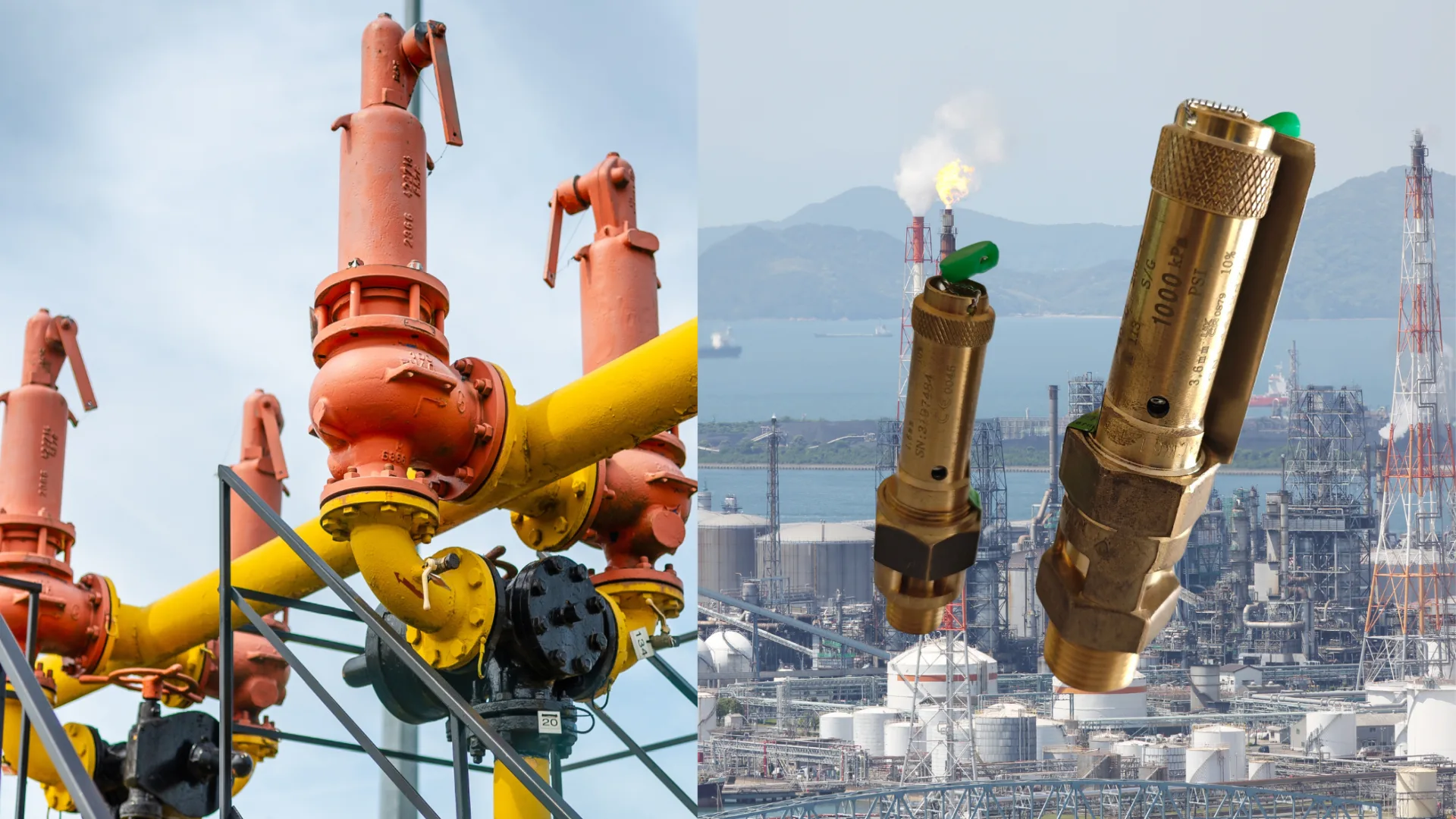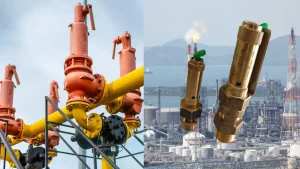In industrial settings, ensuring the safety of pressurized systems is crucial to preventing catastrophic failures. Two critical components in this regard are the Pressure Safety Valve (PSV) and the Pressure Relief Valve (PRV). Though often used interchangeably, these two devices have distinct functions and applications. This article delves into their key differences, functionalities, and applications.
What is a Pressure Safety Valve (PSV)?
A Pressure Safety Valve (PSV) is designed to protect equipment from excessive pressure by automatically releasing pressure once it exceeds a predetermined limit. It is a fail-safe mechanism that opens fully and immediately when the system pressure reaches a critical level. This rapid release helps prevent damage to equipment such as boilers, pressure vessels, and pipelines.
Key Characteristics of a PSV:
- Immediate action: Opens suddenly when the set pressure is reached.
- Spring-loaded design: Typically operates using a spring mechanism.
- Commonly used in steam and gas applications: Ensures quick pressure release to prevent explosions.
- Discharges directly to the atmosphere: Prevents system damage by rapid pressure release.
What is a Pressure Relief Valve (PRV)?
A Pressure Relief Valve (PRV), on the other hand, is designed to gradually release excess pressure in a controlled manner, preventing overpressure conditions in a system. Unlike a PSV, which activates instantly, a PRV begins opening proportionally as pressure increases beyond its set point, ensuring a smoother and controlled pressure reduction.
Key Characteristics of a PRV:
Gradual operation: Opens progressively to release pressure smoothly.
Can be directed to a closed system or a containment unit: Unlike a PSV, which often discharges into the atmosphere, a PRV can direct released fluid into a designated container or back into the system.
Designed for liquid systems: Often used in water, oil, and chemical processing industries.
Prevents system damage due to minor pressure fluctuations: Helps maintain stable operation by adjusting to pressure changes.
Main Differences Between PSV and PRV
| Feature | Pressure Safety Valve (PSV) | Pressure Relief Valve (PRV) |
| Operation Mode | Opens fully at set pressure | Opens gradually as pressure increases |
| Application | Used in gas/steam systems | Used in liquid systems |
| Response Speed | Instantaneous response | Controlled and gradual response |
| Discharge Location | Typically vents to atmosphere | Can be directed back into the system |
| Primary Function | Prevents catastrophic failure | Maintains stable pressure levels |
Applications of PSV and PRV
Pressure Safety Valve (PSV) Applications:
- Steam boilers in power plants
- Gas pipelines and distribution systems
- Air compressor units
- Chemical reactors where gas pressure buildup is a risk
Pressure Relief Valve (PRV) Applications:
- Hydraulic and lubrication systems
- Water treatment and pumping stations
- Chemical and petroleum processing plants
- Fire protection systems
Conclusion
While both Pressure Safety Valves (PSVs) and Pressure Relief Valves (PRVs) serve to protect systems from overpressure, they operate differently based on the type of fluid they handle and how they release pressure. A PSV is crucial for immediate and full discharge in gas and steam systems, whereas a PRV is designed for gradual pressure relief in liquid-based applications. Understanding these differences is essential for selecting the right valve to ensure safety and efficiency in industrial operations.
Choosing the correct pressure control device for your system is critical to ensuring long-term operational integrity and safety. If you’re unsure which type of valve best suits your needs, feel free to contact us and we can help you prevent costly and dangerous system failures.






